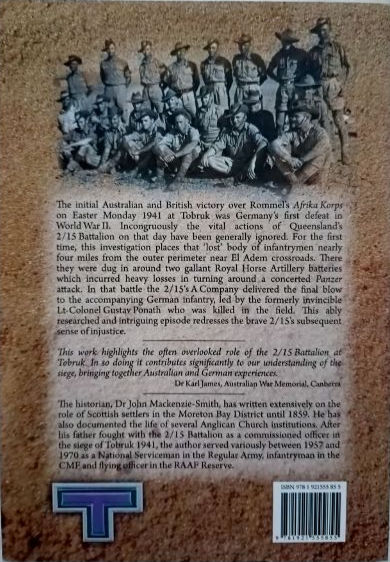Using The Steel-Vessel Material-Cost Index To Mitigate Shipbuilder Risk (2008) By Edward G. Keating, Robert Murphy, John F. Schank, Jon Birkler
The U.S. Navy wants to provide its shipbuilders with appropriate incentive to produce militarily effective vessels at minimum cost to the Navy. It can induce a shipbuilder to agree to any contractual arrangement by offering the shipbuilder a high enough price. But it is likely to be preferable, at least ex ante, for the Navy to dissipate risk external to its shipbuilder to pay less for the systems the Navy needs. The Navy uses external labor- and material-cost indexes to attempt to correct for significant cost risks outside its shipbuilders’ control. Shipbuilder profits are greater when actual cost growth is less than the indexes’ cost growth and conversely. A longtime material-cost index in Navy shipbuilding is the steel-vessel index. However, this index does not accurately cover the materials used in building a modern ship. It has also been more volatile than have material-cost indexes with lower weight on iron and steel. A risk-averse shipbuilder will require a premium to bear this cost structure-mismatch-driven risk. The authors urge the Navy to develop a modern-vessel index that more appropriately represents the materials used today. The more accurately a material-cost index captures a shipbuilder’s external material cost risk, the less the Navy should have to pay its shipbuilders.
- Soft Cover
- 15 pages
- In Good Condition
































